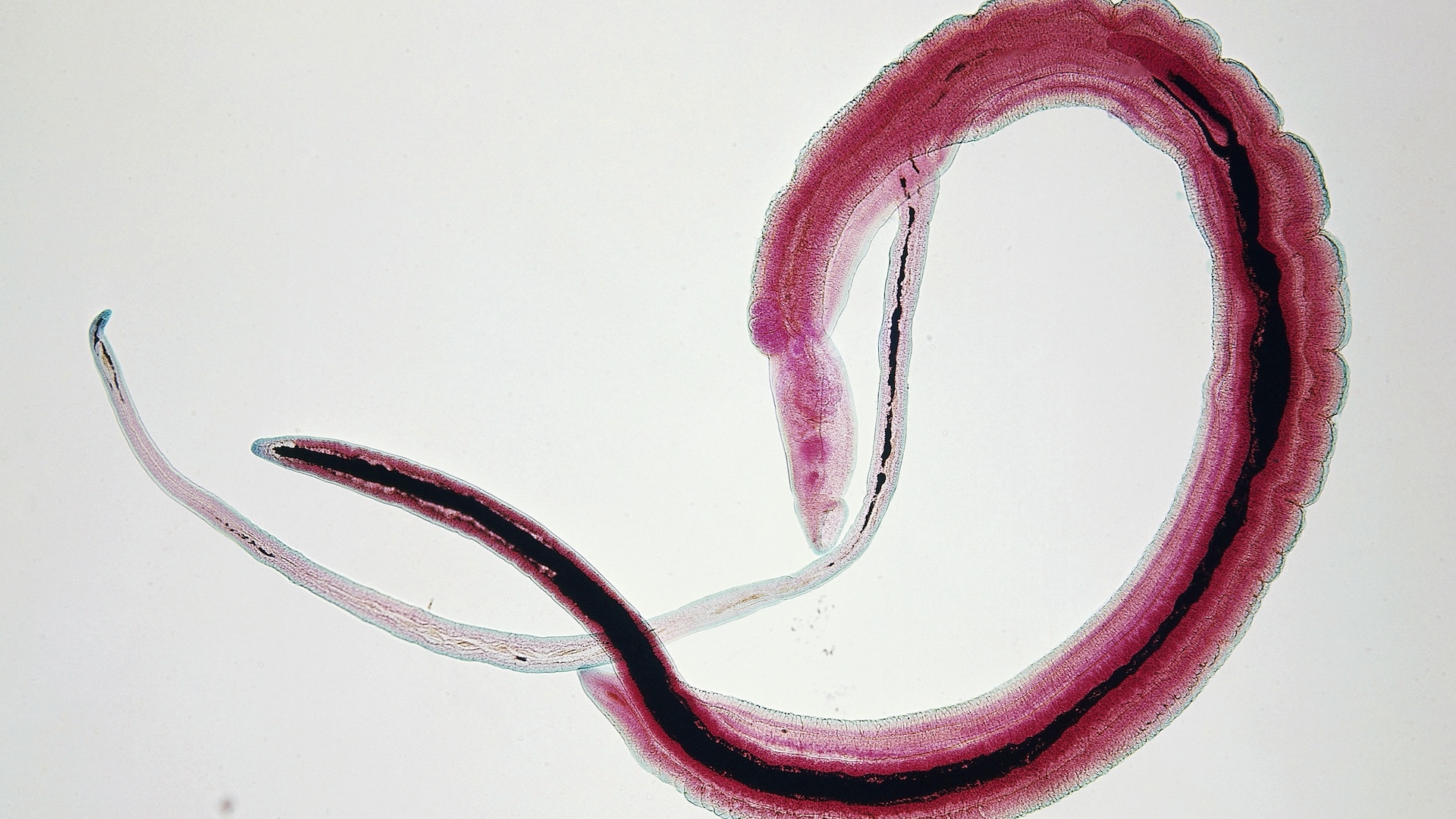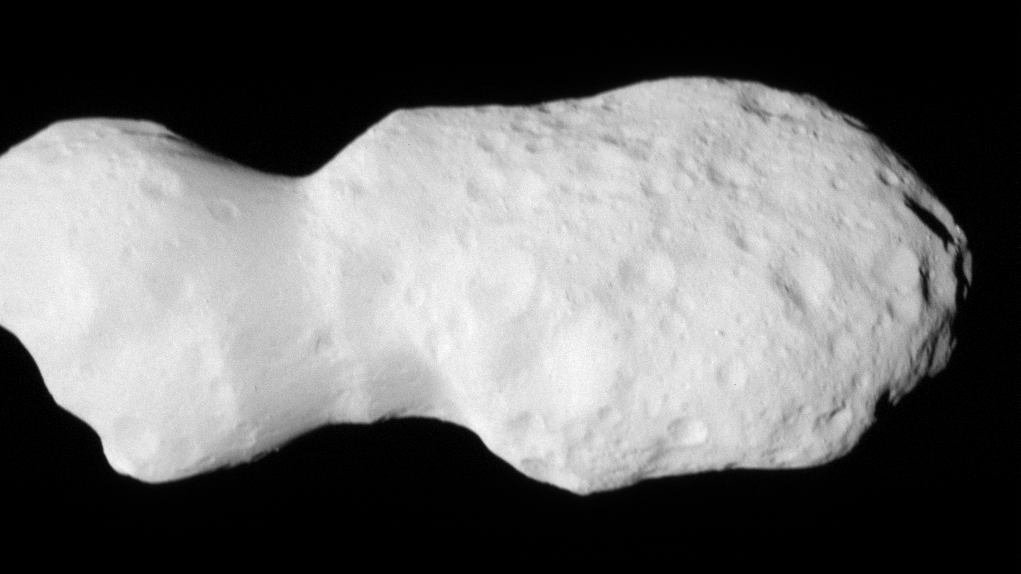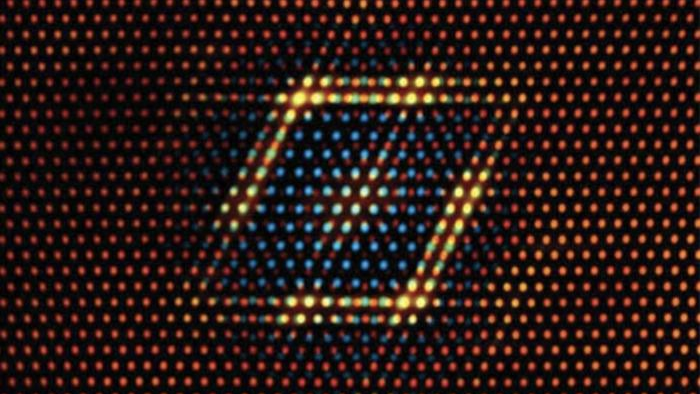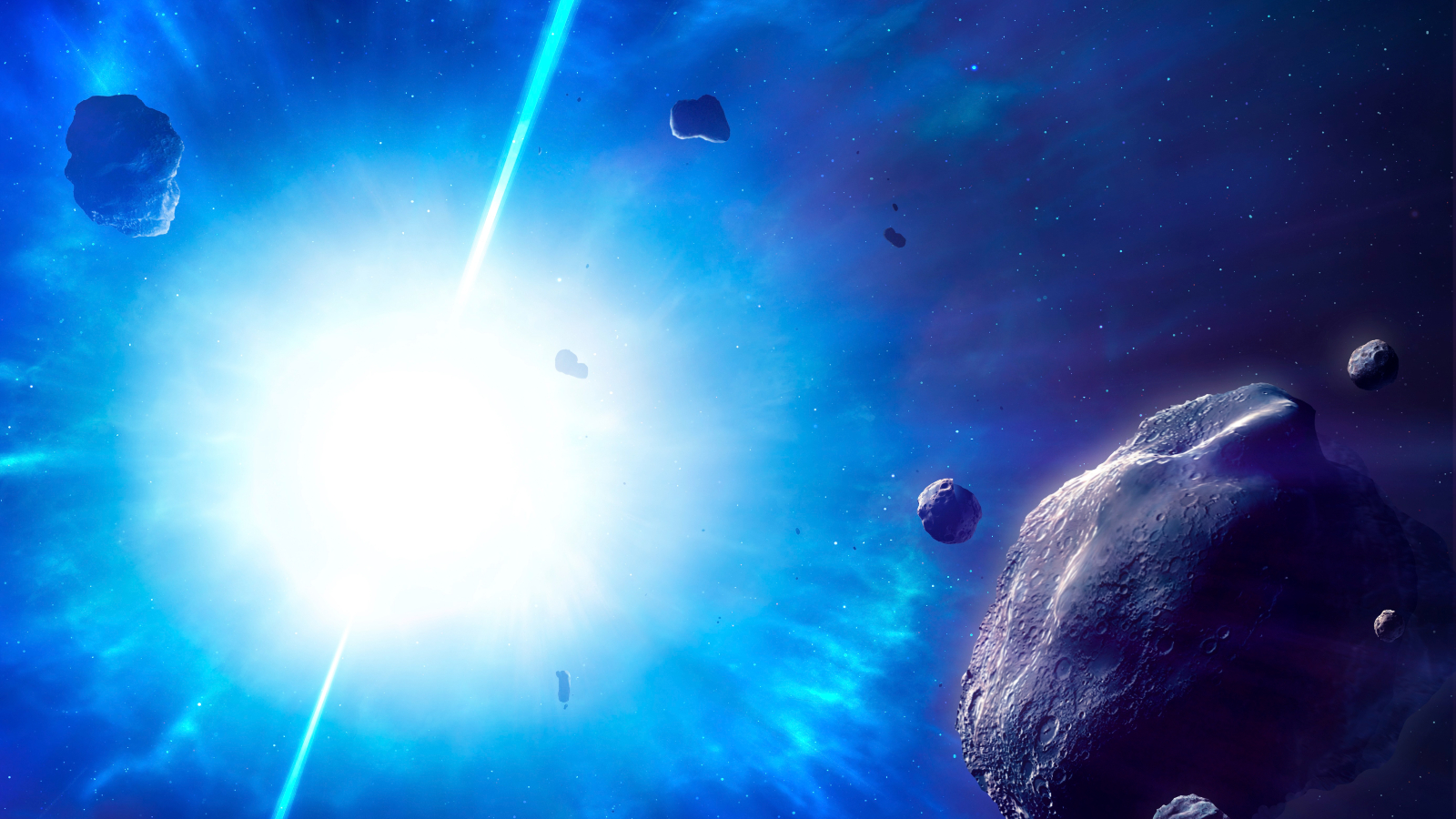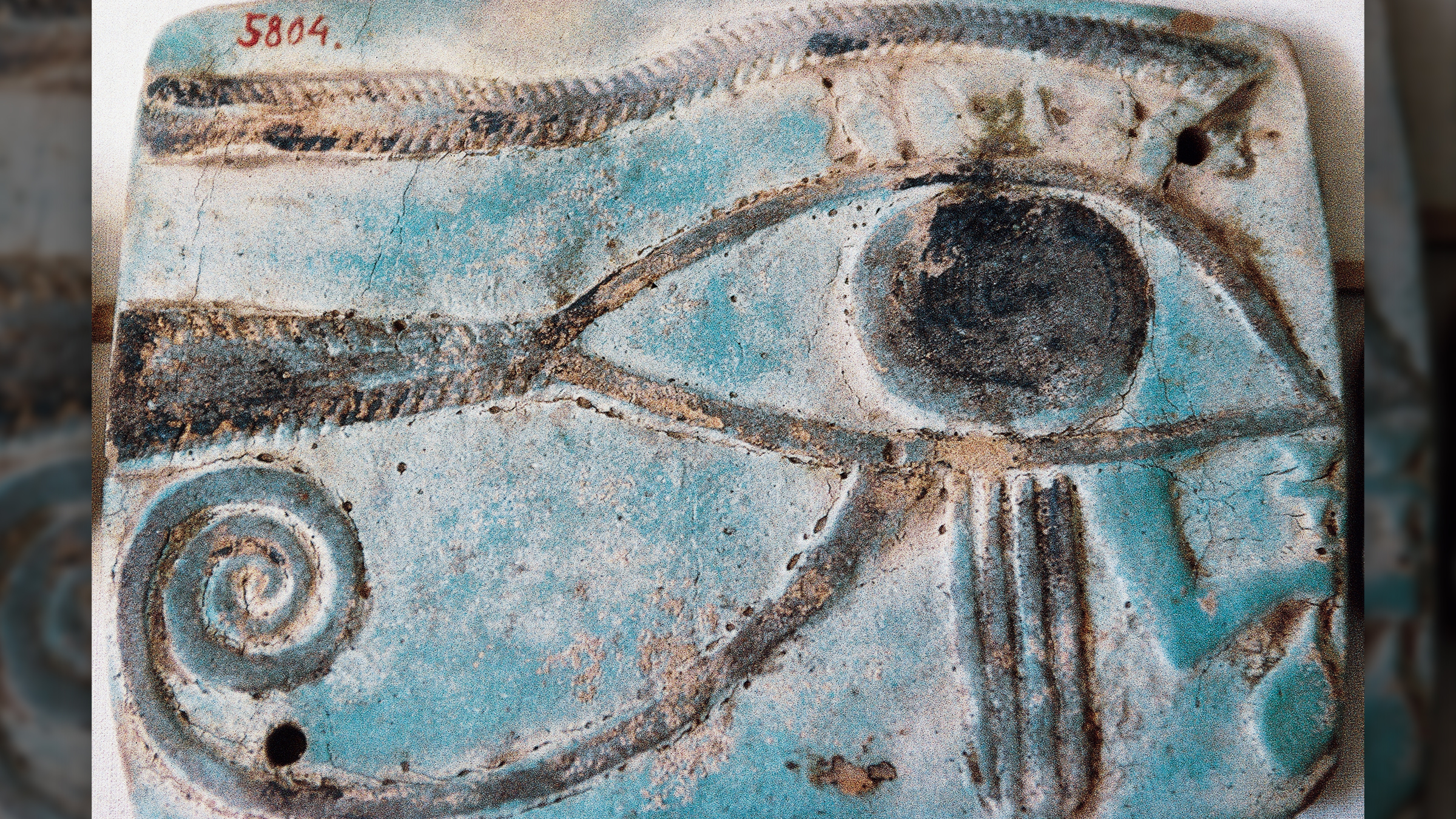Space photo of the week: Galaxies teeter toward collision in the sparkling depths of Virgo
An ultra-deep image from the National Science Foundation's Dark Energy Camera reveals a wide variety of galaxies in the unusual Antlia Cluster.
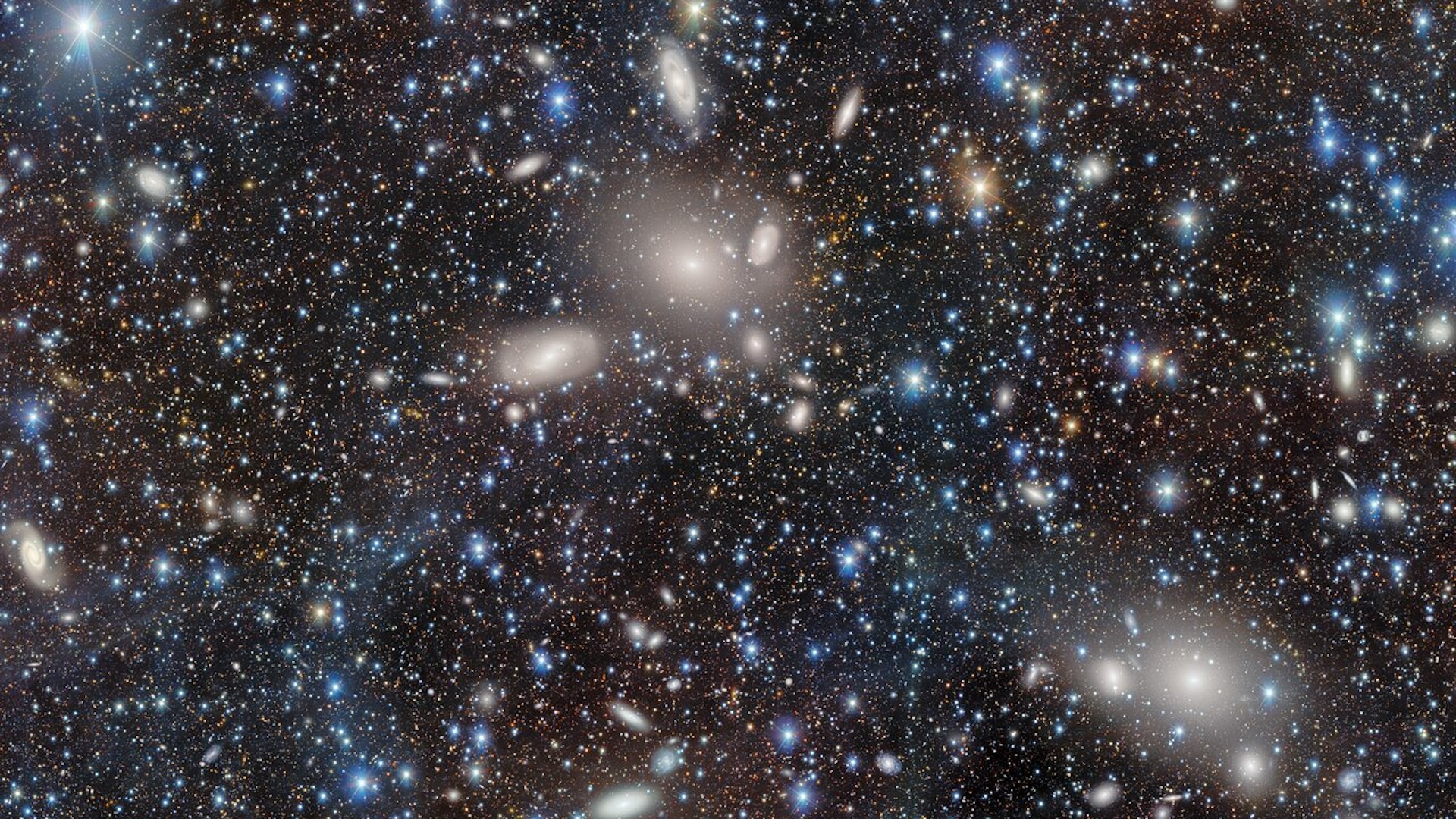
What it is: The Antlia Cluster of galaxies (also called Abell S636)
Where it is: 130 million light-years distant in the constellation Antlia, also known as the Air Pump
When it was shared: Jan. 1, 2025
Why it's so special: Astronomers used a telescope in Chile equipped with a highly sensitive camera to capture the best-ever image of a cluster of galaxies near our Milky Way.
The researchers pointed the Víctor M. Blanco 4-meter Telescope's Dark Energy Camera (DECam) at the Virgo Cluster in order to help solve one of astronomy's biggest mysteries — the nature of dark matter.
Also available as a zoomable version, the image reveals NGC 3268 (center) and NGC 3258 (lower right) — both massive, lenticular galaxies that have a central bulge like the Milky Way but no spiral arms, and where star formation has fizzled out, according to NASA. One study suggests that the two galaxies are gradually merging, which may indicate that the Antlia Cluster is, or was, two separate clusters.
However, what fascinates astronomers is the Antlia Cluster's rich diversity of galaxies. Technological advances have helped reveal not just lenticular galaxies but also irregular galaxies, dwarf galaxies, compact ellipticals and blue compact dwarfs. Even odder, little-seen galaxy types are suspected to be hiding within Antlia — many of which are thought to be rich in dark matter.
Sign up for the Live Science daily newsletter now
Get the world’s most fascinating discoveries delivered straight to your inbox.
This strange substance appears to make up about 25% of the universe. Dark matter may be made up of invisible particles that absorb, reflect or emit no light or energy and as a result is impossible for telescopes and cameras to detect, according to NASA. However, its gravitational effect on visible matter can be seen everywhere astronomers look — especially within the catwalk of galaxy types in the Antlia Cluster.
The DECam, built by the U.S. Department of Energy, is a 570-megapixel camera in Cerro Tololo Inter-American Observatory in Chile, a Program of the National Science Foundation's National Optical Infrared Astronomy Research Lab.
For more sublime space images, check out our Space Photo of the Week archives.

Jamie Carter is a freelance journalist and regular Live Science contributor based in Cardiff, U.K. He is the author of A Stargazing Program For Beginners and lectures on astronomy and the natural world. Jamie regularly writes for Space.com, TechRadar.com, Forbes Science, BBC Wildlife magazine and Scientific American, and many others. He edits WhenIsTheNextEclipse.com.
